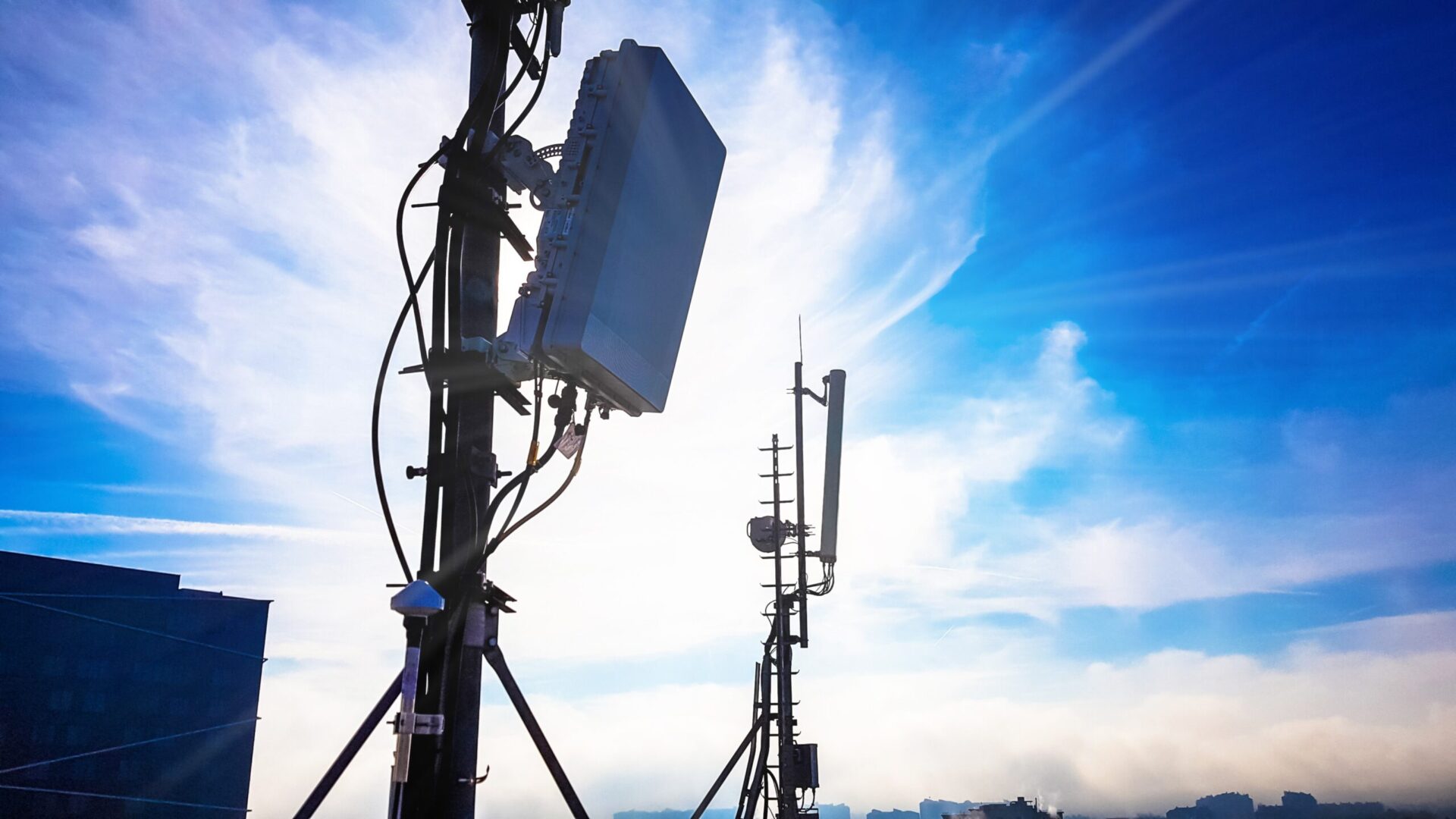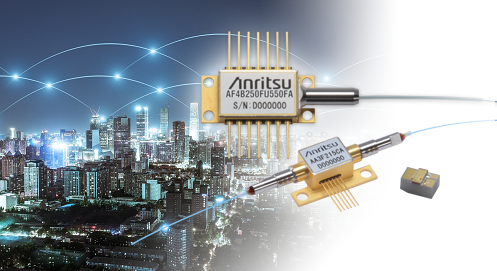One-stop PCB Manufacturing and PCB Assembly solutions Manufacturer
- Mon - Sat: 8.00 am - 7.00 pm
- sales@kkpcb.com
One-stop PCB Manufacturing and PCB Assembly solutions Manufacturer
Over 10 years we help companies reach their financial and branding goals. Engitech is a values-driven technology agency dedicated.
411 University St, Seattle, USA
engitech@oceanthemes.net
+1 -800-456-478-23

The applications of PCBs (Printed Circuit Boards) in the communication industry are vast and critical, spanning from mobile devices to large-scale communication infrastructure. Below are some detailed application scenarios and specific requirements:



The application of PCBs in the communication industry spans multiple layers, from core network equipment to end-user devices, and their design and manufacturing directly impact the performance and reliability of entire communication systems. To meet the demands of the communication industry, PCB design continually innovates, including advancements in high-frequency design, miniaturization, high-density routing, thermal management, electromagnetic compatibility, and radiation resistance. These technologies ensure that communication equipment operates stably in complex and dynamic environments, laying the foundation for the development of modern communication technology.
PCBs in the communication industry are not only widely used but also deeply embedded in the core functionalities of devices. Each application scenario has unique requirements for PCB materials, design, and manufacturing processes. As communication technology continues to evolve, with emerging fields like 5G, IoT, and satellite communication, PCB design and manufacturing technology is also advancing to meet these high demands. Through advanced design tools and manufacturing processes, PCBs provide a reliable and efficient hardware foundation for the communication industry, driving the continuous evolution of global communication networks.